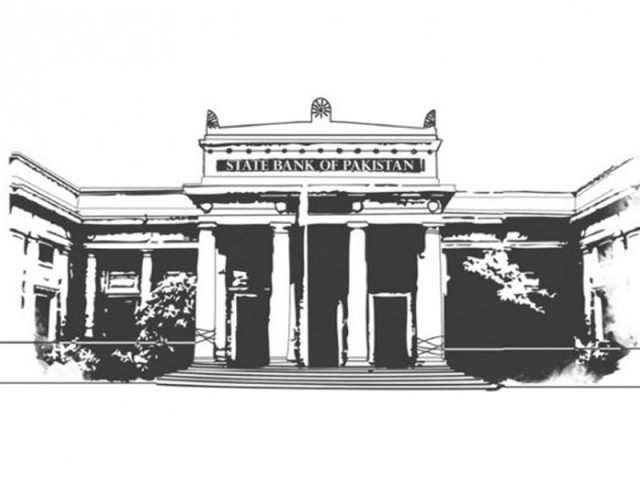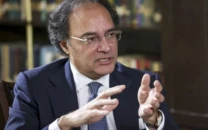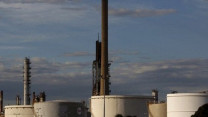Monetary policy: State Bank raises discount rate by 50bps
Surprise hike likely to cope with relatively higher inflation figures.

The central bank’s decision to increase the policy rate by 50 basis points for the next two months seems to be based purely on rising inflation numbers. CREATIVE COMMONS
Against the expectations of most banking sector analysts, the State Bank of Pakistan (SBP) on Friday increased its discount rate by 50 basis points to 9.5% in view of inflationary pressures.
The monetary policy rate, announced every two months, is the interest rate at which commercial banks are allowed to borrow from the central bank’s discount window. From a peak of 14% in June 2011, the discount rate has declined 500 basis points over the last two years.
The decision was surprising for most analysts, who believed the key interest rate would remain flat in line with the Letter of Intent (LoI) that Pakistan submitted to the International Monetary Fund (IMF) earlier this month. In the LoI, the Ministry of Finance explicitly stated that the loan programme envisages a ‘moderate monetary policy’ initially, with policy tightening expected in the second and third years of the 36-month programme.
However, the central bank’s decision to increase the policy rate by 50 basis points for the next two months seems to be based purely on rising inflation numbers. The year-on-year consumer price index (CPI) – a key measure of inflation in an economy – increased 8.5% in August, 8.2% in July, and 5.9% in June.
Speaking to journalists at the SBP, Governor Yaseen Anwar said the impact of upward adjustments in energy prices on inflation outlook cannot be underestimated. “In addition to having a direct effect on CPI inflation, there is a high likelihood of considerable indirect effects as well,” he said, adding that an increase in the General Sales Tax could put further pressure on inflation in coming months.
According to Umair Naseer, banking sector analyst at Global Securities, CPI is expected to remain between 8.6% and 8.9% in the next two months. However, many analysts anticipate a steeper rise in inflation, as the government intends to phase out power sector subsidies by reducing their share in the country’s gross domestic product (GDP) from 1.8% to between 0.3%-0.4% in the next three years.
The recent uptick in the CPI has reduced the gap between inflation and key interest rates in the economy – also known as the real interest rate – to only 45 basis points in August from 74 basis points in July.
Given the fact that the gap has been in the range of 100-150 basis points on average in recent years, the spectre of a negative real interest rate appeared lurking right around the corner had the SBP decided to keep the discount rate unchanged.
One of the many unintended consequences of a negative real interest rate could possibly be the dollarisation of the economy, leading to capital flight and rupee’s devaluation.
Effect on capital markets
According to Elixir Securities Analyst Faisal Bilwani, the stock market is likely to react negatively to the hike in the discount rate.
Indeed, stock prices in the leveraged sectors, such as cement and textile, witnessed a sharp decline in Thursday’s session because the market factored in the effect of a possible discount rate hike.
“SBP’s decision to increase the discount rate will not bode well for the equity markets, especially for highly leveraged companies,” said Invest Capital Analyst Abdul Azeem. “We predict the cement sector to be the worst affected by this move. Similarly, the textile sector and Engro from the fertiliser sector will have a negative impact on their valuations largely due to an increase in the cost of borrowing, eroding their bottom lines,” he added.
Understandably, banks will reap the benefits of the hike in the discount rate, as it will lead to improved spreads and profitability.
“We reiterate a positive stance on the exploration and production and power sectors consequent to the rising oil prices and negligible debt exposure,” Azeem noted.
Published in The Express Tribune, September 14th, 2013.
Like Business on Facebook, follow @TribuneBiz on Twitter to stay informed and join in the conversation.



















COMMENTS
Comments are moderated and generally will be posted if they are on-topic and not abusive.
For more information, please see our Comments FAQ